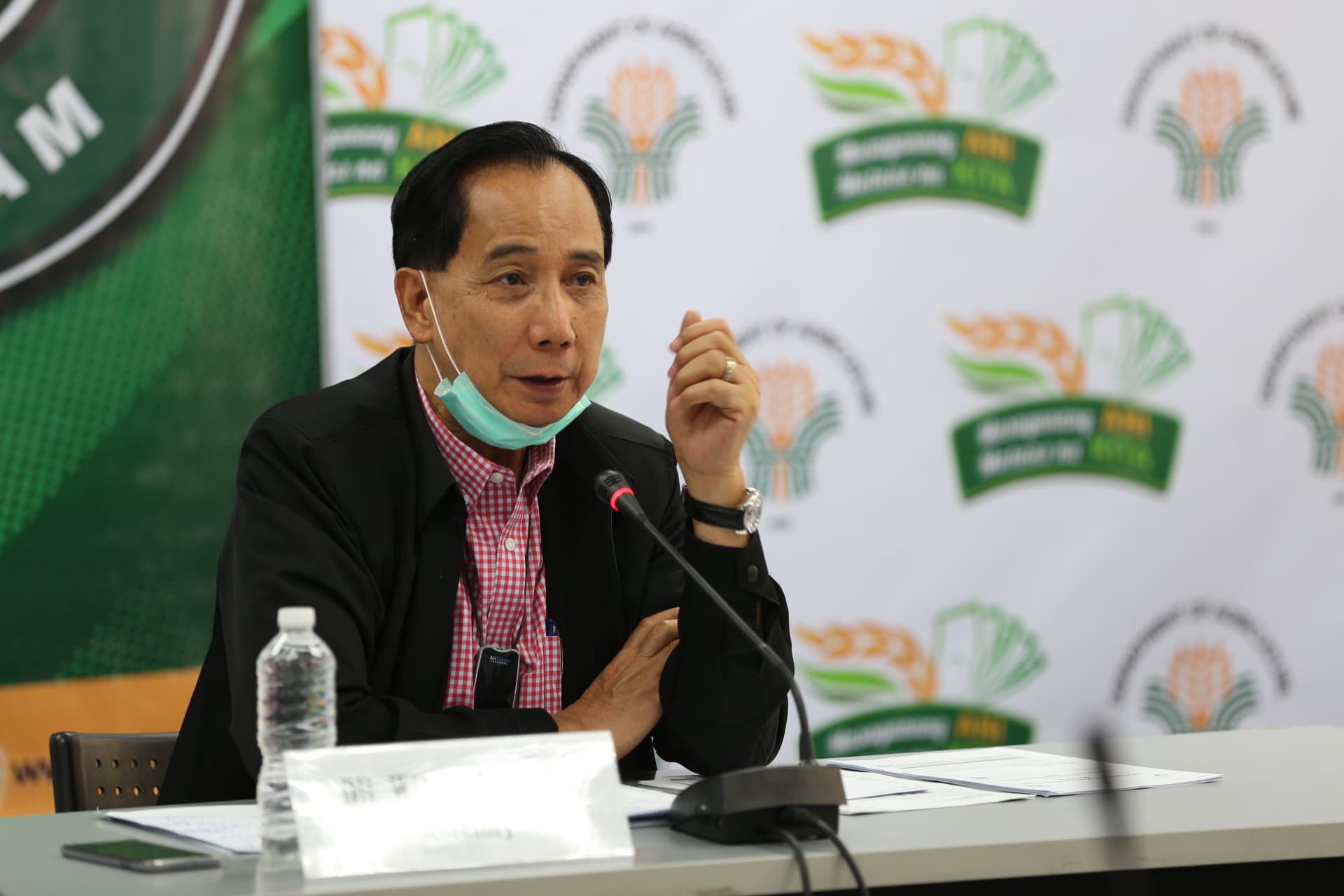
As part of its thrust to modernize the country’s agri-fishery sector, the Department of Agriculture (DA) is laying the groundwork to digitize its operations starting with the upgrading of its management information system (MIS).
“The upgraded MIS contains the digital registry of farmers and fisherfolk, and list of previous and current DA projects. It also features a real-time monitoring and evaluation (M&E) system, and optimizes the use of a geolocation app for more efficient project implementation and monitoring that will benefit more farmers, fisherfolk, and stakeholders,” said Agriculture Secretary William Dar.
“We need to have good data management and a very robust M&E system to attain a reliable and credible agri-fishery information down to the ground level. We will also have a data analytics group as we invest in data science and go digital in the agriculture sector,” the DA chief said.
The DA through the Information and Communications Technology Service (ICTS) has developed the Farmers’ and Fisherfolk’s Registry System (FFRS), and the Farmers’ Interventions Monitoring System (FIMS) that applies a mobile geotagging technology instituted under its Philippine Rural Development Project (PRDP), funded by the World Bank, secretary Dar added.
The FIMS harmonizes the databases from the DA regional field offices, bureaus, attached agencies and corporations, and foreign- and locally-assisted projects, including those from partner local government units. Subsequently, it facilitates real-time and efficient recording of agri-fishery information and M&E reports of different DA projects, said ICTS Head Xerxees Remorozo.
“The FFRS and FIMS include the Registry System for Basic Sectors in Agriculture (RSBSA) that contains the information of individual farmers and fishers and serves as the basis for their qualification to the programs, projects, and activities of DA,” Remorozo said.
“The system should be transparent, publicized, integrated, and fool-proof. We will institutionalize this and strengthen our internal and external M&E systems,” said Secretary Dar.
Through the new web-based system, the DA can ensure that the intended beneficiaries have received and used the services and support inputs the agency has provided, thus minimizing the risk of corruption and other malpractices. It also enables more efficient planning and decision-making for DA officials.
“The DA-ICTS will train personnel from concerned DA offices regarding the use of the FIMS, particularly in terms of data collection, recording, and integration,” Remorozo said.
As the DA moves towards the digitalization and modernization of the country’s agriculture and fishery sector, Secretary Dar also proposed for the engagement of the youth from state universities and colleges (SUCs). Recently, a team from the University of the Philippines has expressed interest to serve as a third-party representative for the data collection.
Digital agriculture refers to the use of technologies that integrate agricultural production from farms to consumers. It provides tools and information for decision-makers to improve productivity and cost-efficiency.
The Food and Agriculture Organization of the United Nations said that digital agriculture is important in transforming agriculture and food production because it improves the stakeholders’ access to information, inputs, and markets and streamlines supply chains, resulting in lower operation costs, among others.
“The DA will also push for modern and millennial-oriented digitalized aquaponics, hydroponics, automated greenhouse systems using IoT, aeroponics, artificial intelligence, cloud, and other emerging technologies — in partnership with private institutions and LGUs,” added Dennis Layug, DA senior adviser on information technologies and systems.
He said since the enhanced community quarantine was imposed due to the Covid-19 pandemic, from only less than a thousand members, the hydroponics chat group in the Philippines has jumped to more than 5,000 and counting, an indication that more people and young ones are keen on digital agriculture.
“In all, digitizing agriculture is also a way to attracting more young people and agripreneurs to engage in farming, fisheries, and agribusiness ventures,” concluded Secretary Dar. ### (Gumamela Celes Bejarin, DA-AFID)













